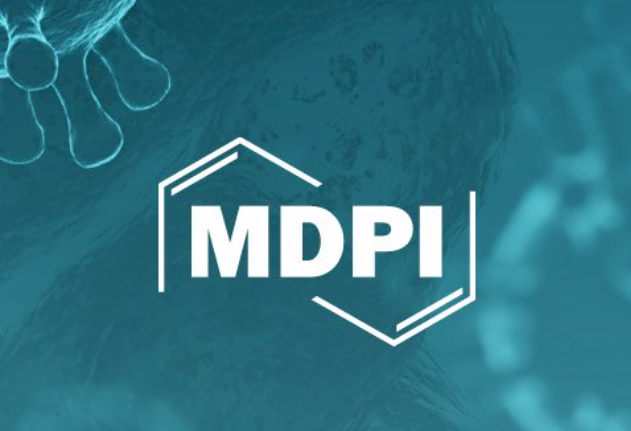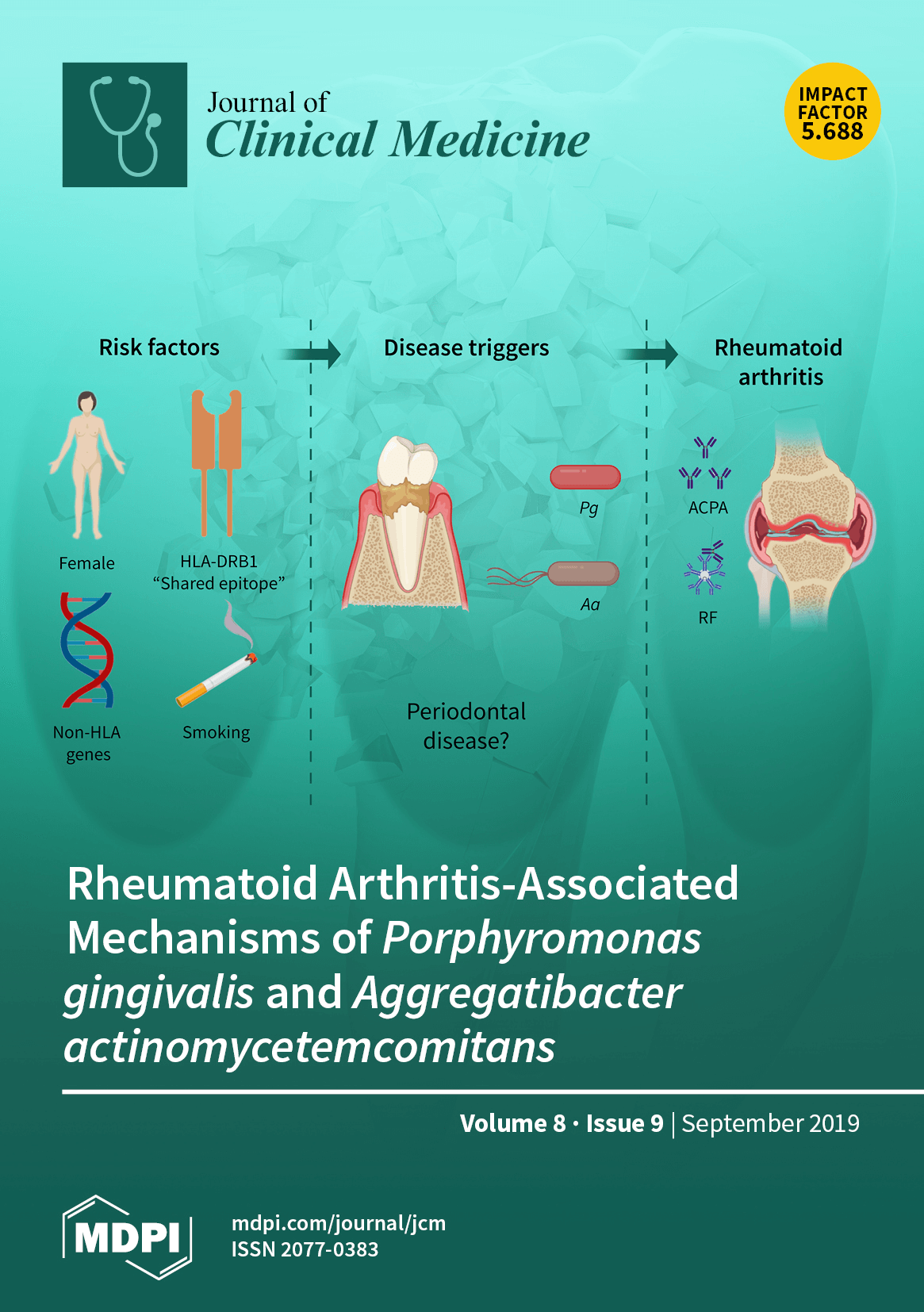La 16 Noiembrie 2018, Experimental and Therapeutic Medicine, un jurnal cu factor de impact 1.41 apartinand editurii Spandidos Publications a plublicat articolul nostru referitor la diagnosticul imagistic neinvaziv al lichenului plan. Chiar daca utilizarea tehnicilor imagistice neinvazive in diagnosticul afectiunilor dermatologice inflamatorii nu a ajuns inca la maturitate, importanta acestor metode de diagnostic se regaseste in depasirea necesitatii de a efectua biopsii cutanate ce pot fi incomode, dureroase si al caror rezultat „apare” dupa cateva zile.
Este vorba despre utilizare biopsiei virtuale in diagnosticul neinvaziv al lichenului plan.
Doresc sa le multumesc si sa ii felicit totodata pe toti cei ce au contribuit la realizarea si publicarea acestui articol!

Din abstract:
„Lichen planus (LP) is a chronic inflammatory skin disease that can sometimes affect mucosal surfaces, with unknown pathogenesis, even though it appears to be an autoimmune disease. The diagnosis of lichen planus is usually based on histopathological examination of the lesions. Nowadays, the classical invasive diagnostic methods are replaced by modern non‑invasive techniques. In this review, we present the main non‑invasive imaging methods (dermoscopy, reflectance confocal microscopy, optical coherence tomography, ultrasound and diffuse reflection spectrophotometry) used in the diagnosis and therapeutic monitoring of lichen planus. Dermoscopy is a non‑invasive method initially used for diagnosis of pigmented tumors but now is used also for inflammatory and infectious skin diseases. In lichen planus, the dermoscopy increases the accuracy of diagnosis, avoids skin biopsies commonly used and can be useful in the therapeutic monitoring by repeated investigation at different stages of treatment. Reflectance confocal microscopy (RCM) is a novel non‑invasive imaging technique that is prevalently used for the diagnosis of skin tumors and inflammatory skin diseases. This technology has been mostly employed for bedside, real‑time microscopic evaluation of psoriasis, lichen planus, contact dermatitis, revealing specific confocal features to support clinical diagnosis and assist with patient management. Optical coherence tomography (OCT) is an emergent imaging technique, developed over the last decade, based on the interaction of the infrared radiation (900‑1,500 nm) and the living tissues. A limited information exists on the benefits of OCT technology for the in vivo diagnosis of LP but could be a useful auxiliary tool in the in vivo differential diagnosis, especially in clinical equivocal settings like mucosal lesions, and in monitoring the response to treatment. Our review shows the possibility of using modern imaging techniques for the in vivo diagnosis and also for evaluation of the treatment response.”
Articolul integral poate fi accesat la
https://www.researchgate.net/publication/328999560_Role_of_modern_imaging_techniques_for_the_in_vivo_diagnosis_of_lichen_planus_Review sau https://www.spandidos-publications.com/10.3892/etm.2018.6974



